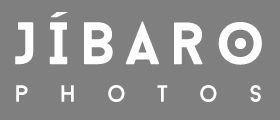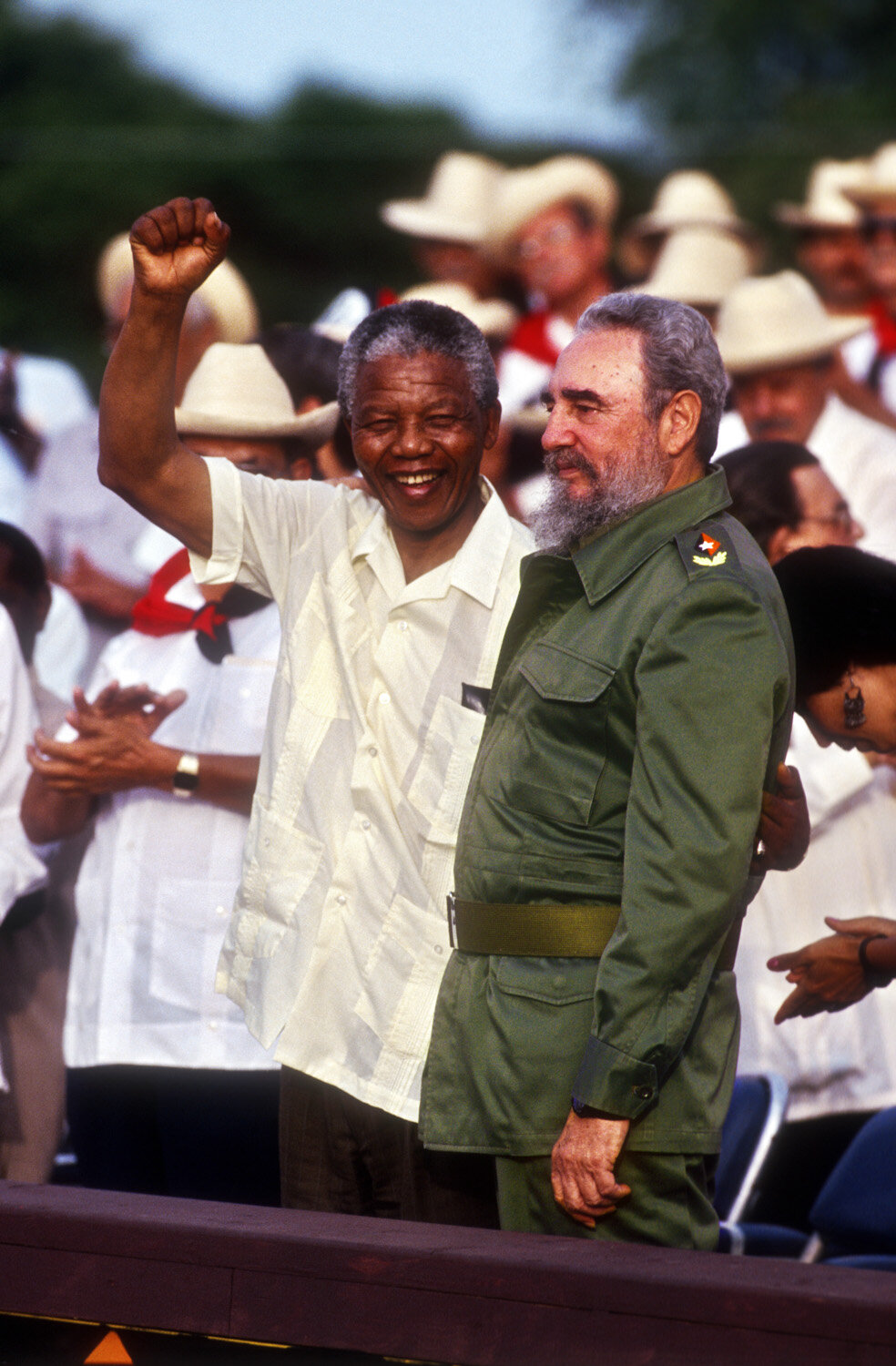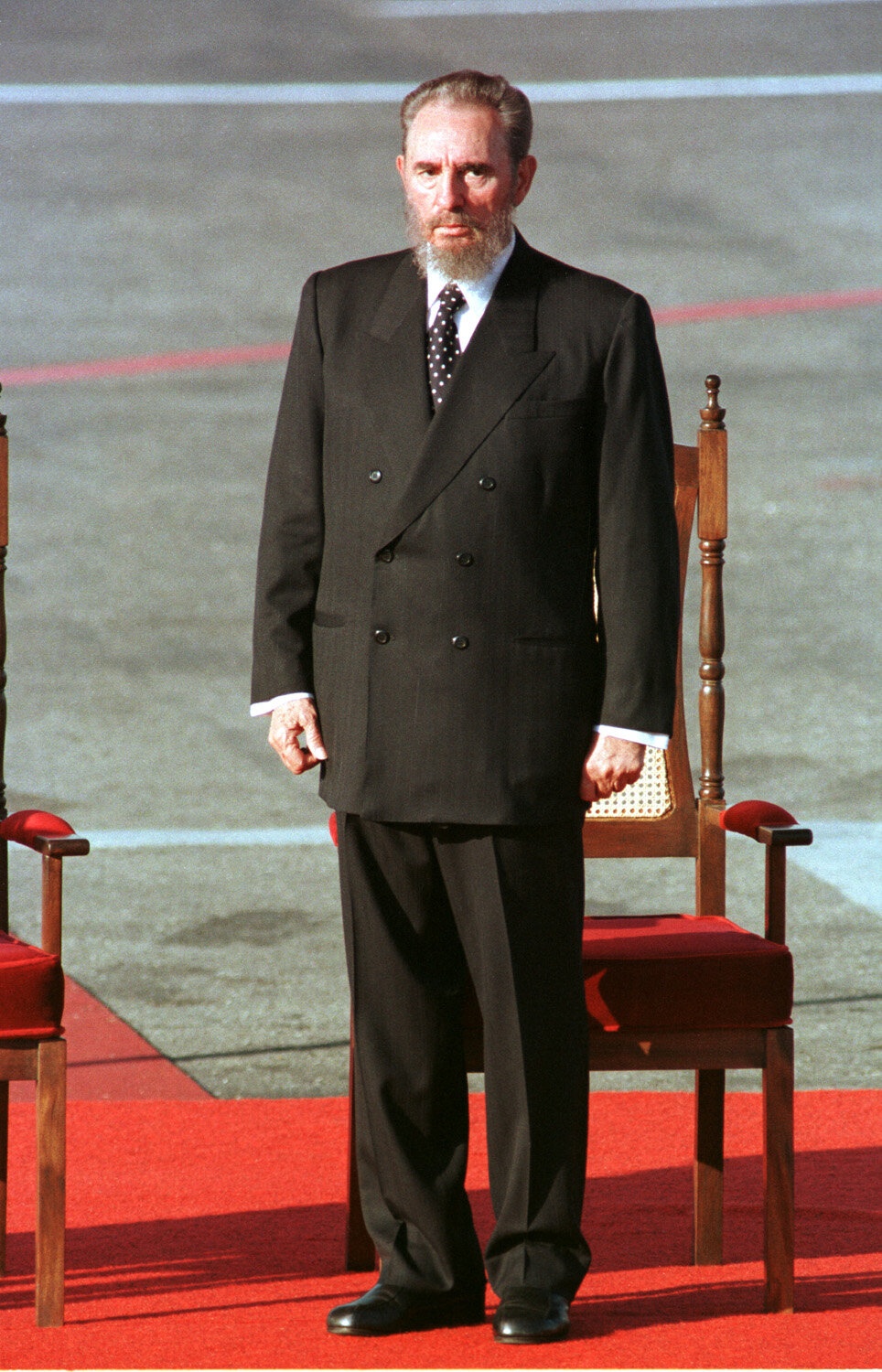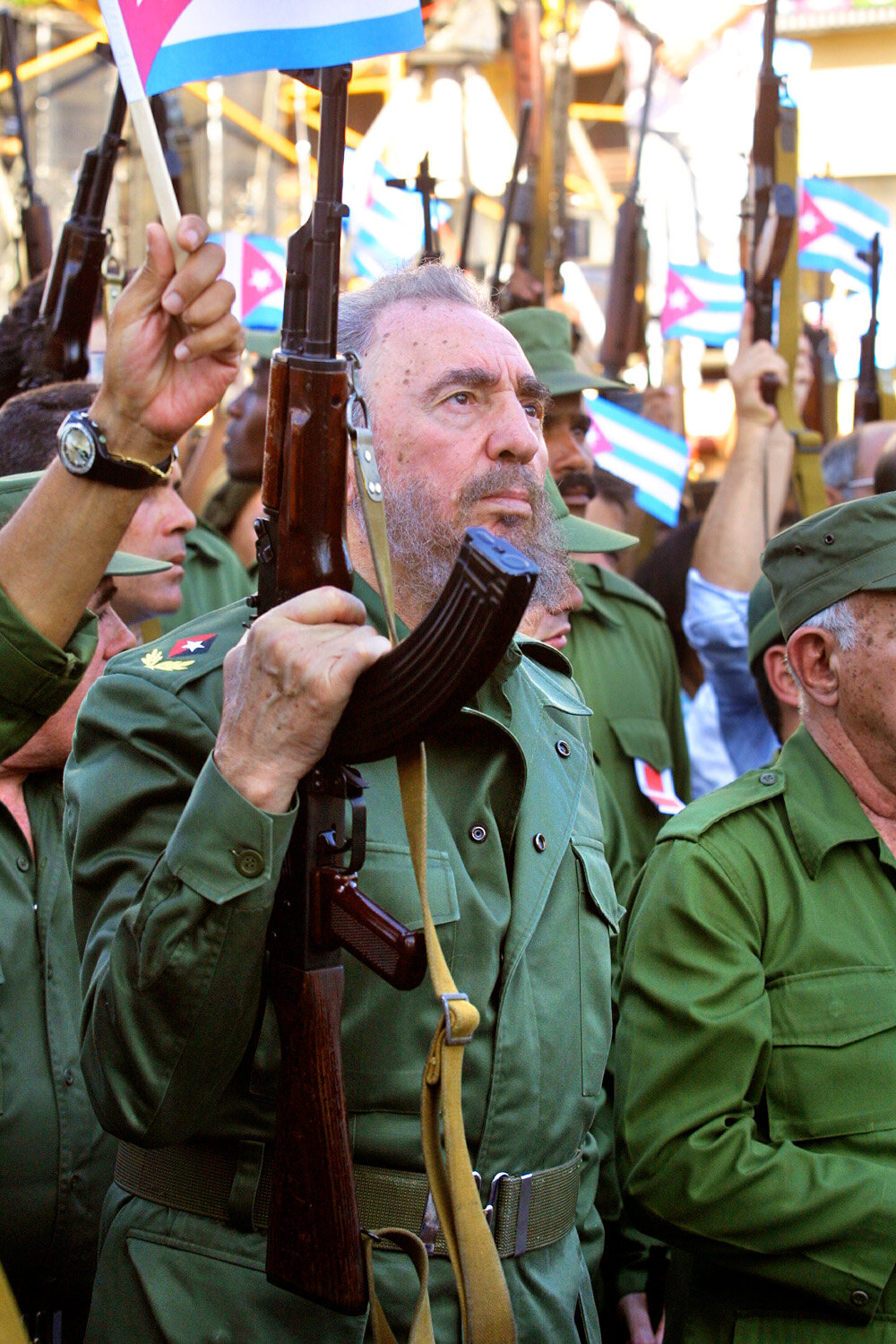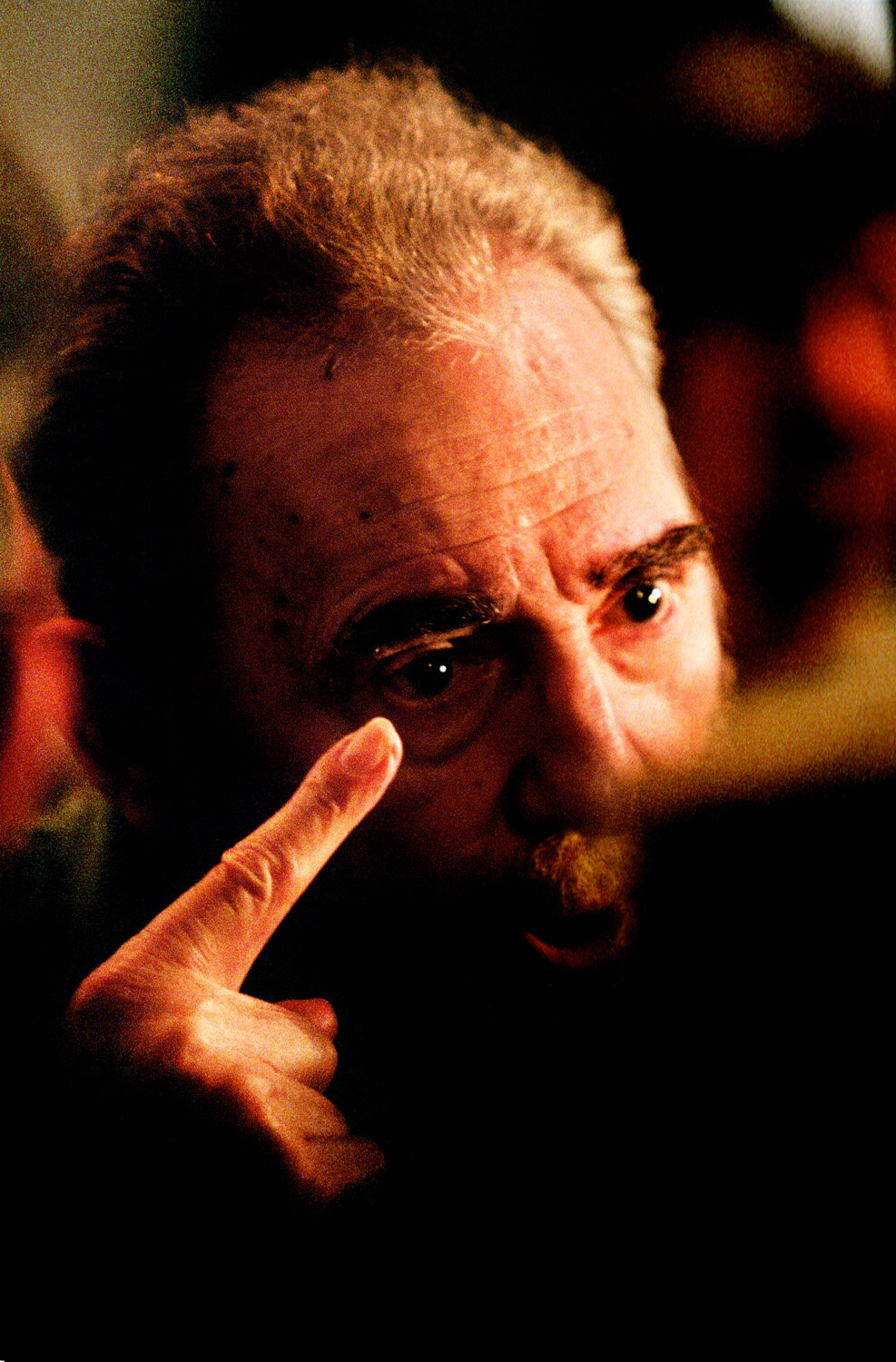23 years of Fidel Castro
“I had covered Fidel for 23 years, so while he may not have known my name, his eyes looked at me, as if to say, I know you from somewhere.”
Working as a documentary photographer means that we often get to cover events of transcendent significance and worldwide influence. The “Cuban Revolution” is certainly one such historical event and has probably been the biggest story I have covered along with the “Fall of the Berlin Wall” in Germany. Since Cuba’s recent history cannot be written without its leader Fidel Castro, documenting the Revolution also implies photographing the “Comandante en Jefe,” or “El Caballo.”
Madiba, The Pope, and Presidents
The first time I got to photograph Fidel Castro was in 1991, three years after I had first landed in Cuba. Nelson Mandela was visiting Cuba a year after he had been released from prison, an event nothing short of epic historical proportions. Mandela had personally come to Cuba to thank Castro for Cuba’s military engagement in Angola, fighting and defeating the South African army — an event widely believed to be a decisive force that helped end the apartheid.
Not only was this the first time that I had photographed Fidel Castro, but back then, I was convinced that it couldn’t get any better, having shot these two remarkable figures together. I was wrong. Seven years later, on January 21, 1998, Castro would host a visitor to Cuba that would probably end up being his most historic moment following the success of his Revolution in 1959 — Pope John Paul II visited Cuba, being the first pope ever to set foot on the island.
All images in this gallery © Sven Creutzmann (click to enlarge)
Then there was of course, the visit of Jimmy Carter, the first US President to come to Cuba. While Barack Obama was the first sitting US President to visit Cuba in 2016, he did not meet with Fidel.
All images in this gallery © Sven Creutzmann (click to enlarge)
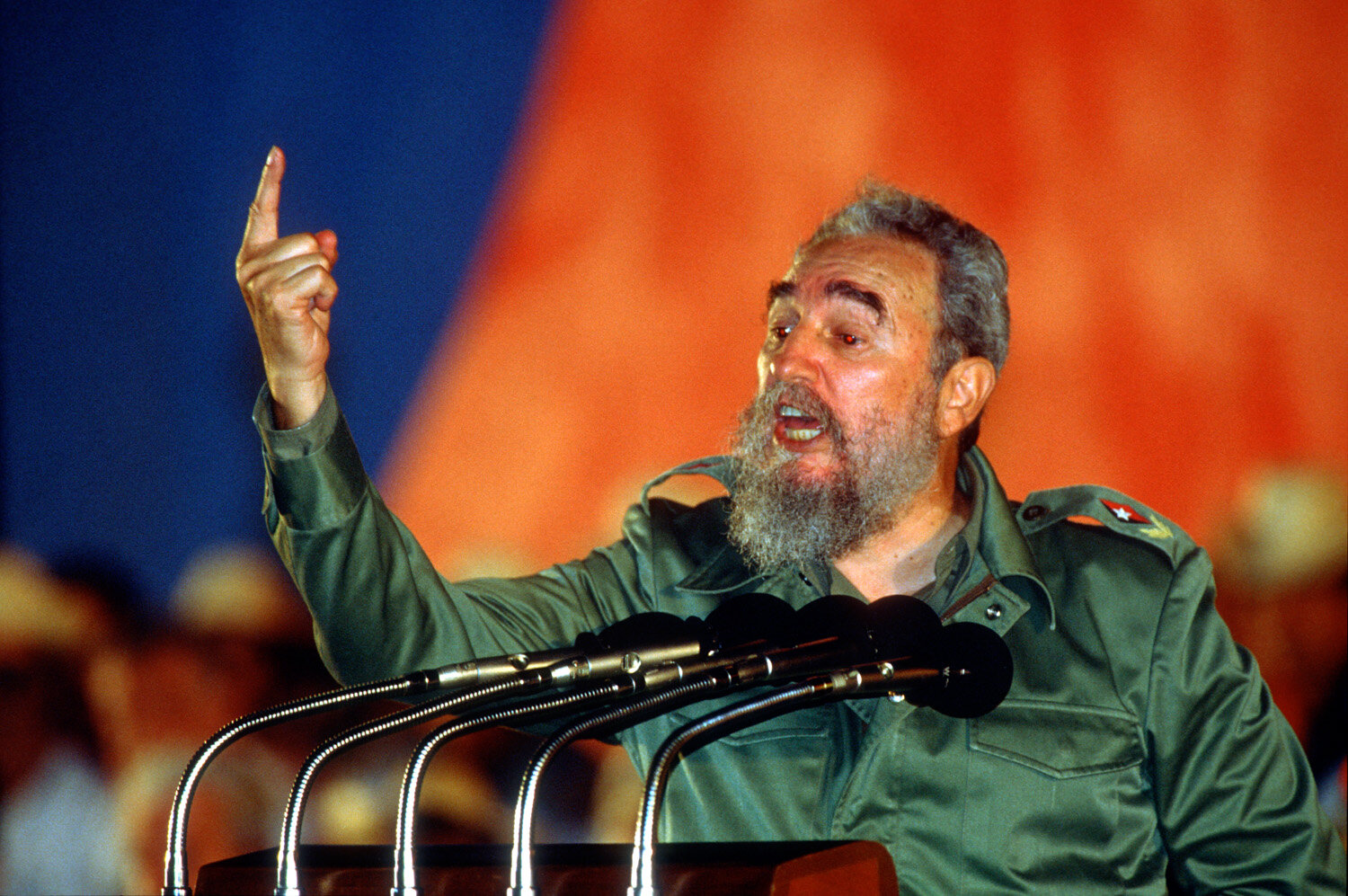
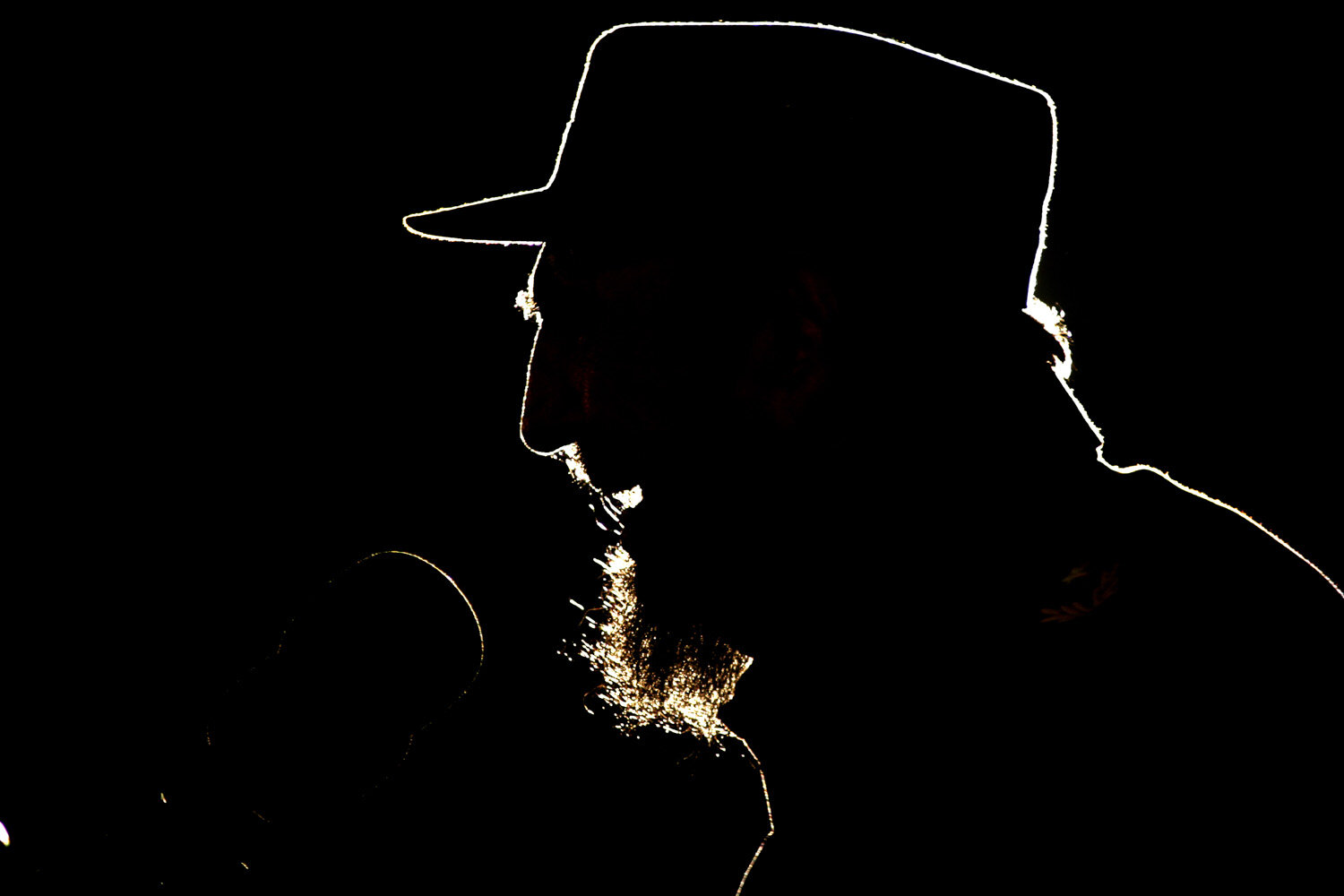
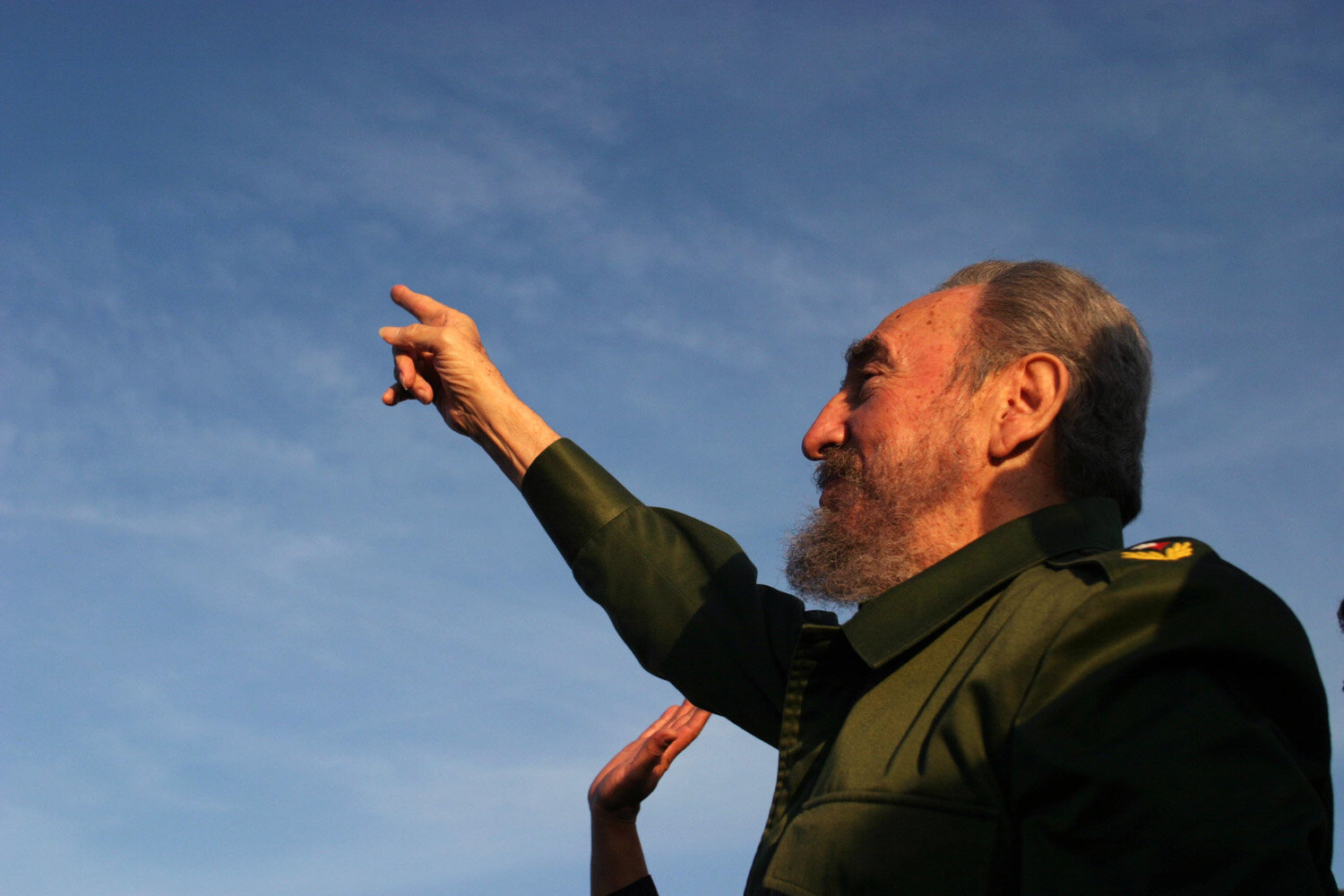
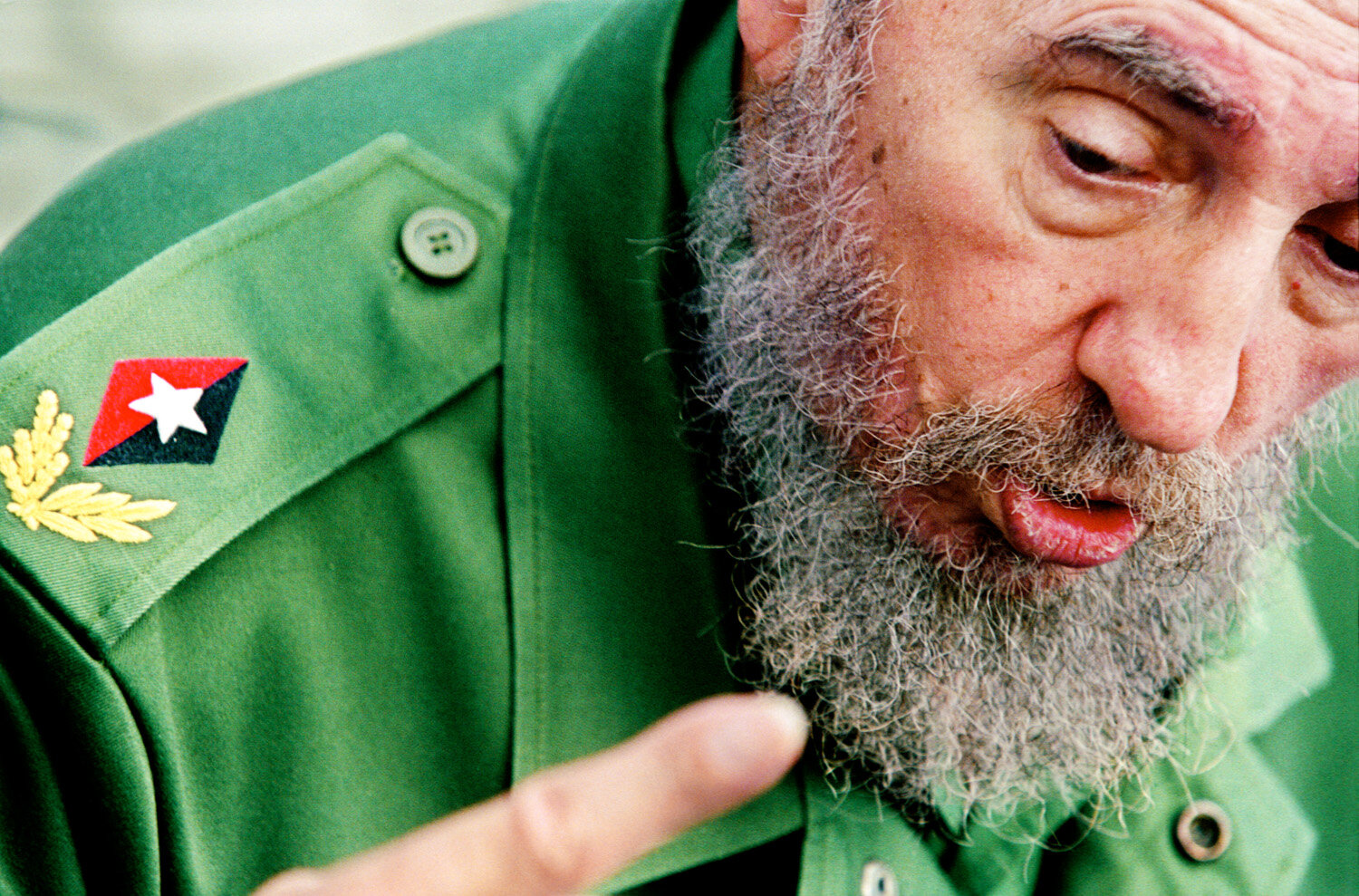
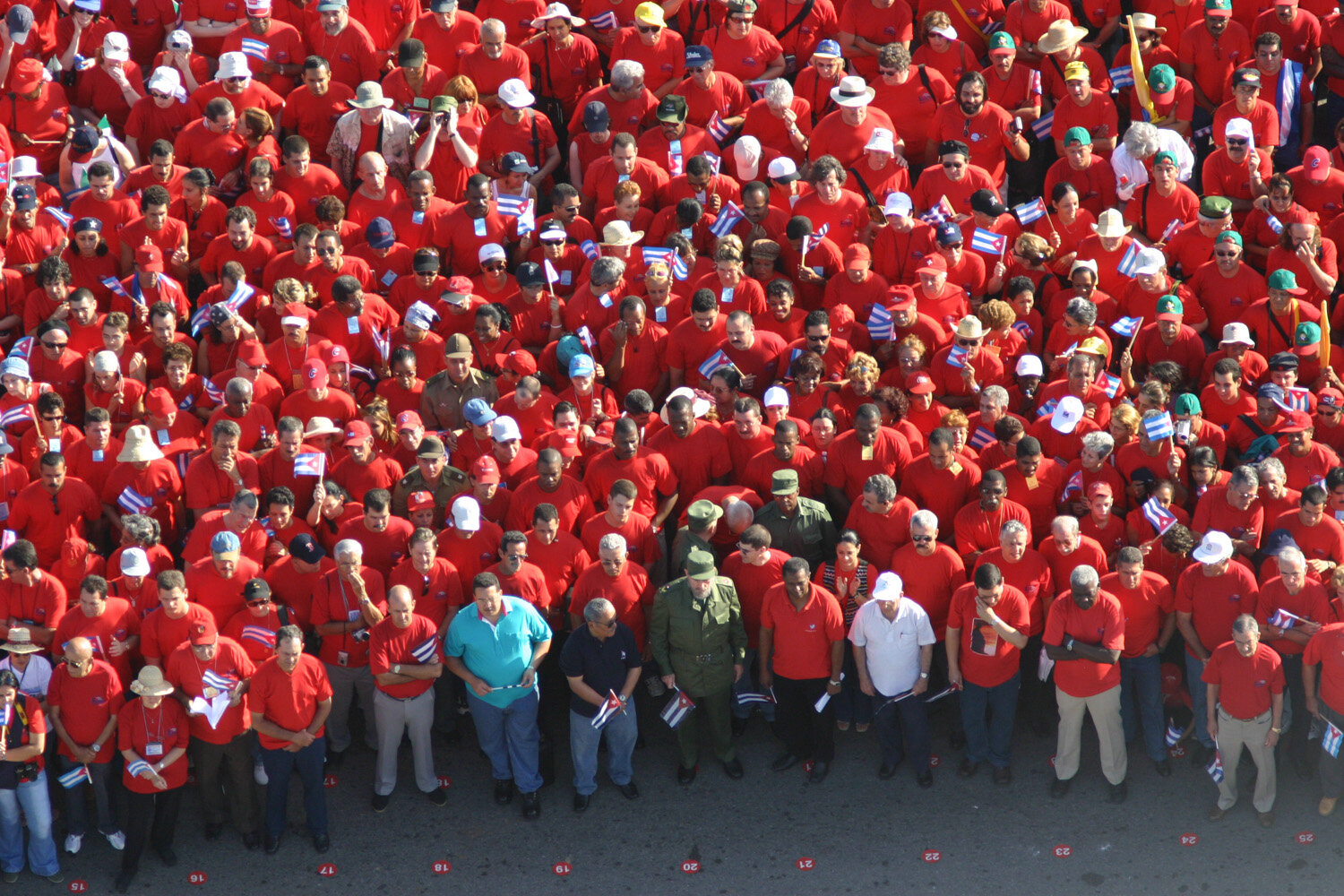
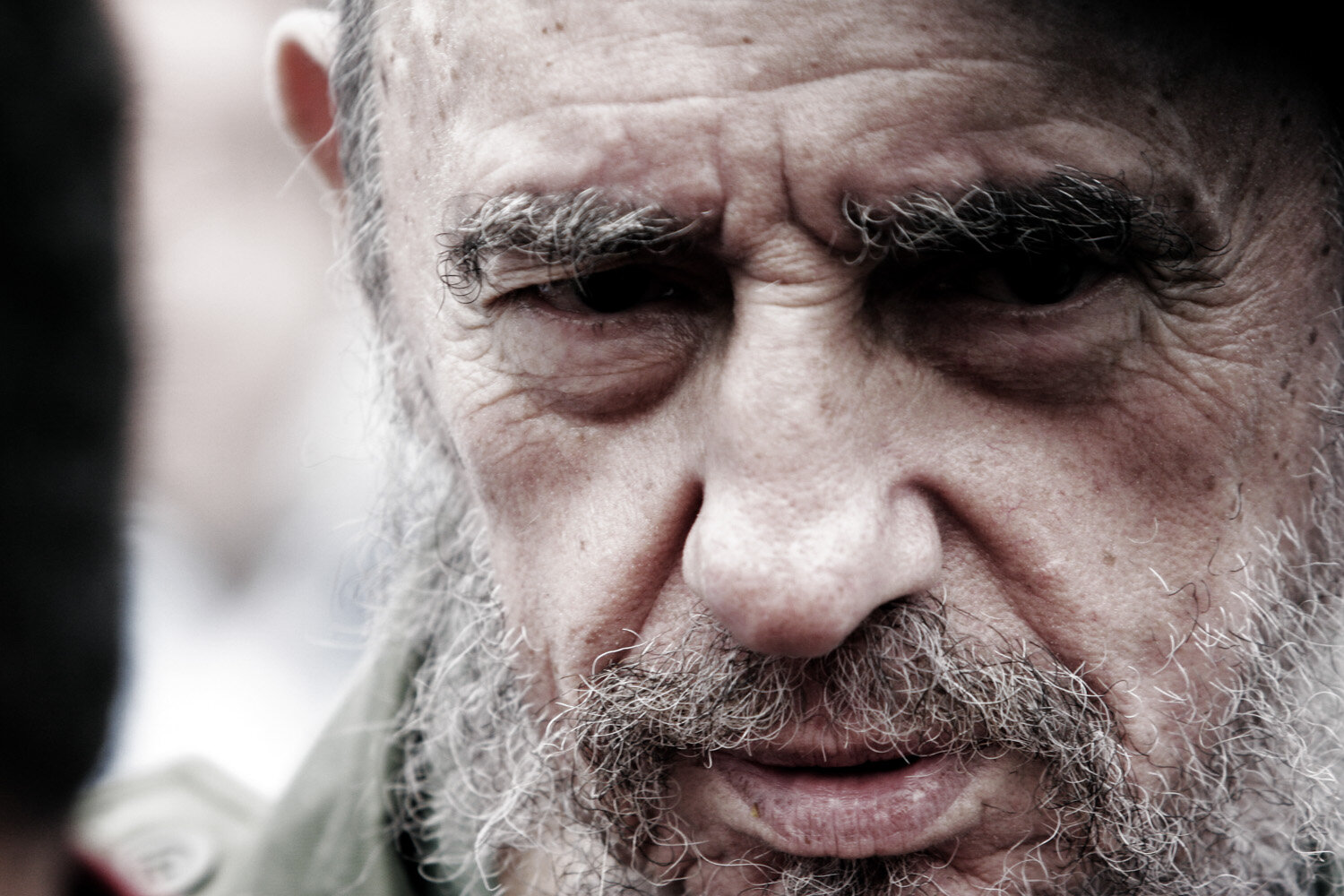
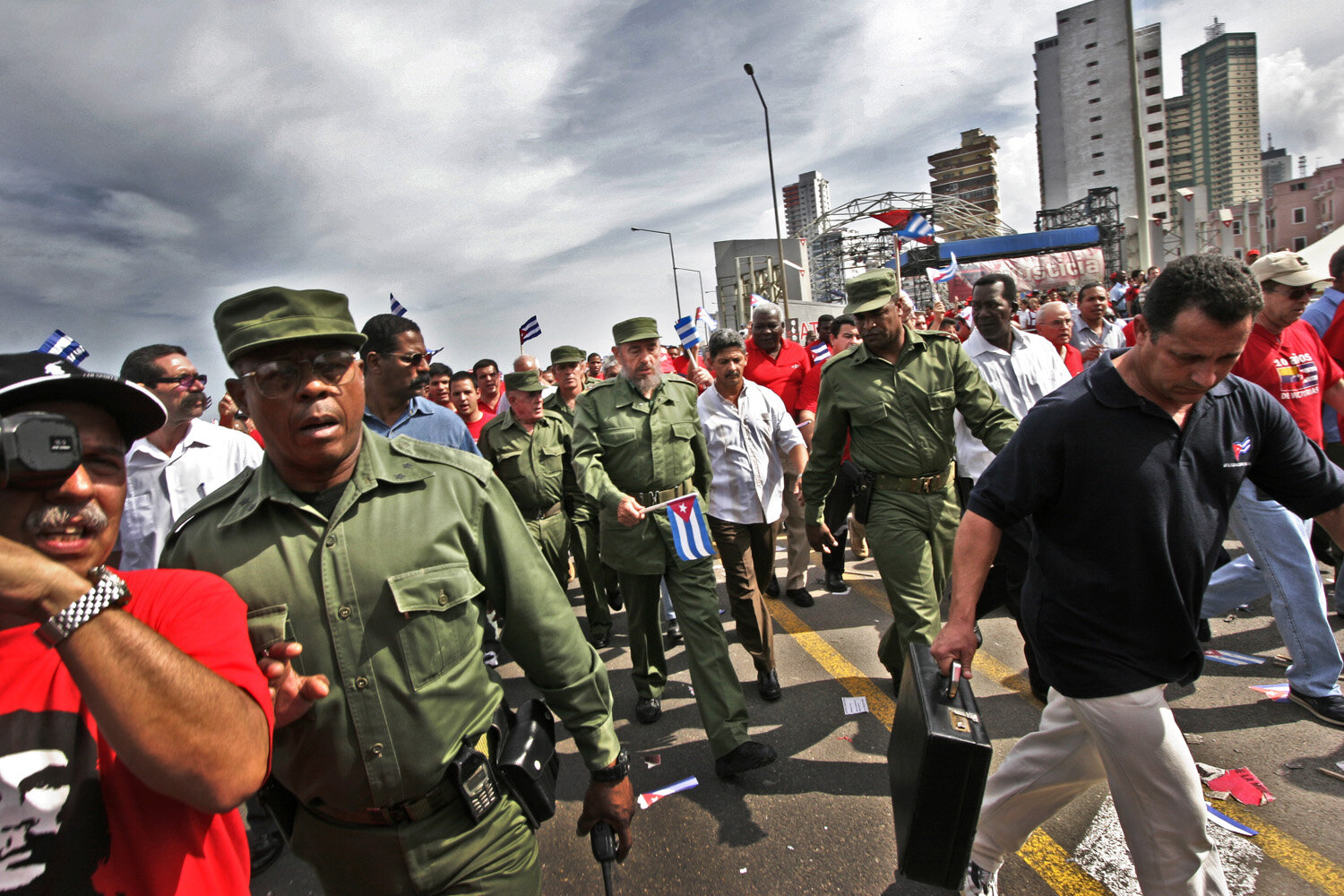
All images in this gallery © Sven Creutzmann (click to enlarge)
His only defeat
Of the numerous times I’ve been able to photograph Castro, there were a few rare occasions when I happened to be the only foreign photographer present. Fidel would almost always have “his own” photographer around him, usually a member of his personal security.
The first time was in 1995, when the President of San Pellegrino (Italy’s famous mineral water producer) came to Cuba to sign a joint-venture. The event took place in the Palacio de la Revolución, the government and party headquarter. Official formalities completed, the delegation proceeded to the residence of the Italian ambassador, where Castro spent a few hours and was rather relaxed. Later that night, he talked at length with the Italian ambassador about hunting and weapons and even had his Head of Security bring him his rifle from his Mercedes.
Another such occasion when I was the only foreign photographer around was in 2002, during an exclusive interview with ABC anchor Barbara Walters and yet another time, was when Castro took part in a huge chess tournament at Havana’s Revolution Square, with some 11,000 participants. There had been no coverage from the foreign press, but together with a Cuban colleague, I managed to sneak in and, in the two minutes that I was given, I got a shot that I later titled, “His only defeat.”

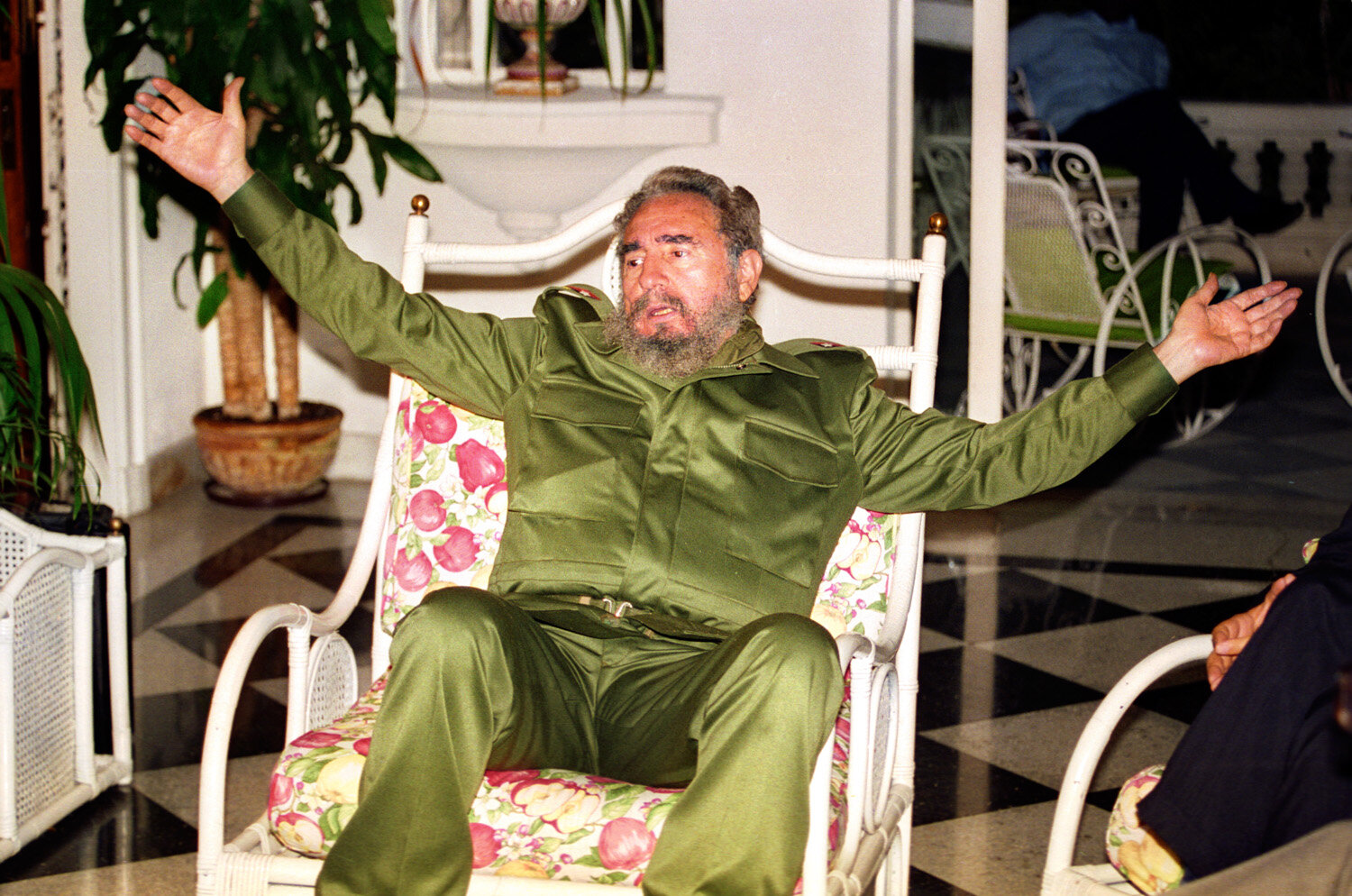
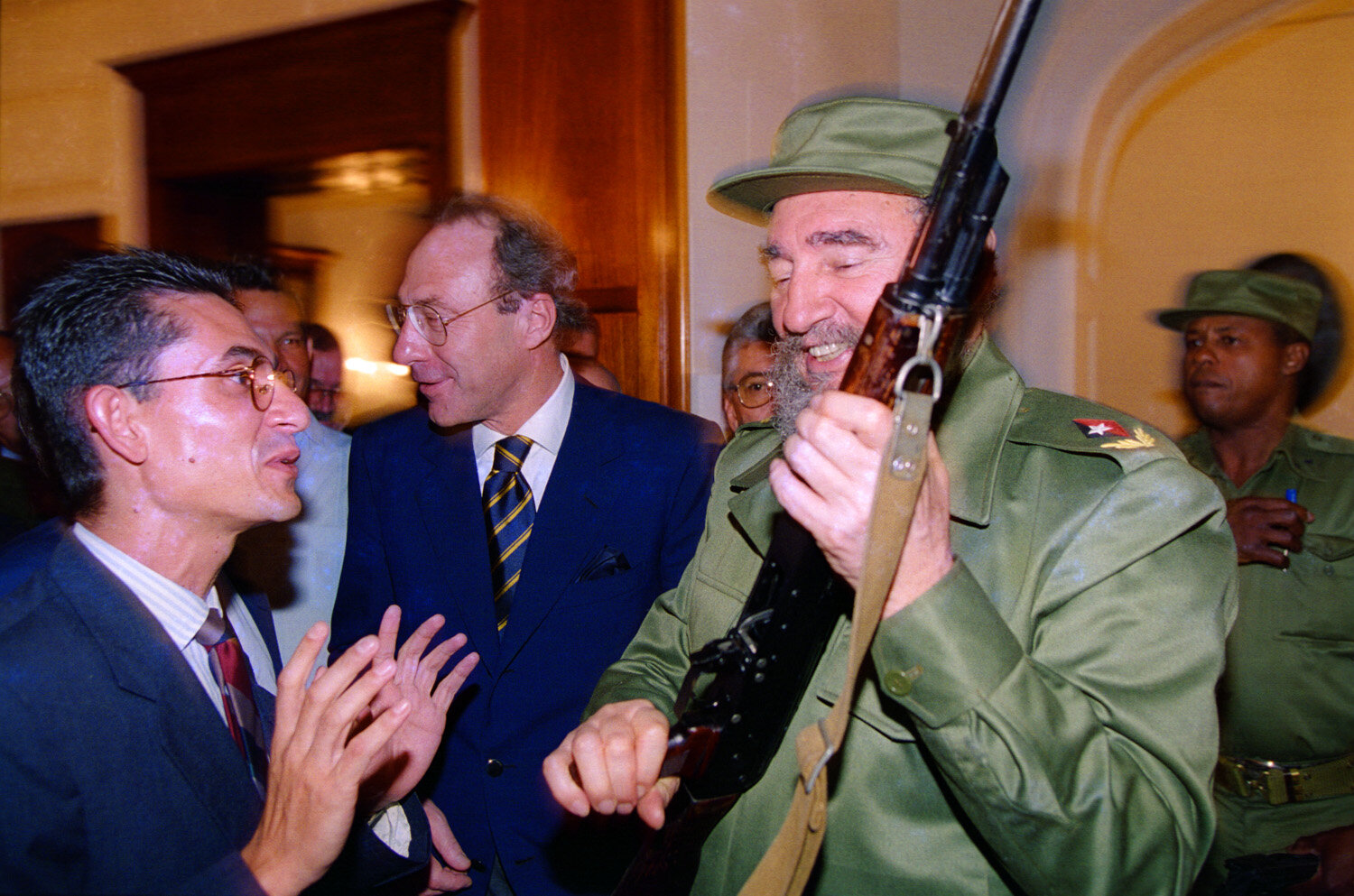
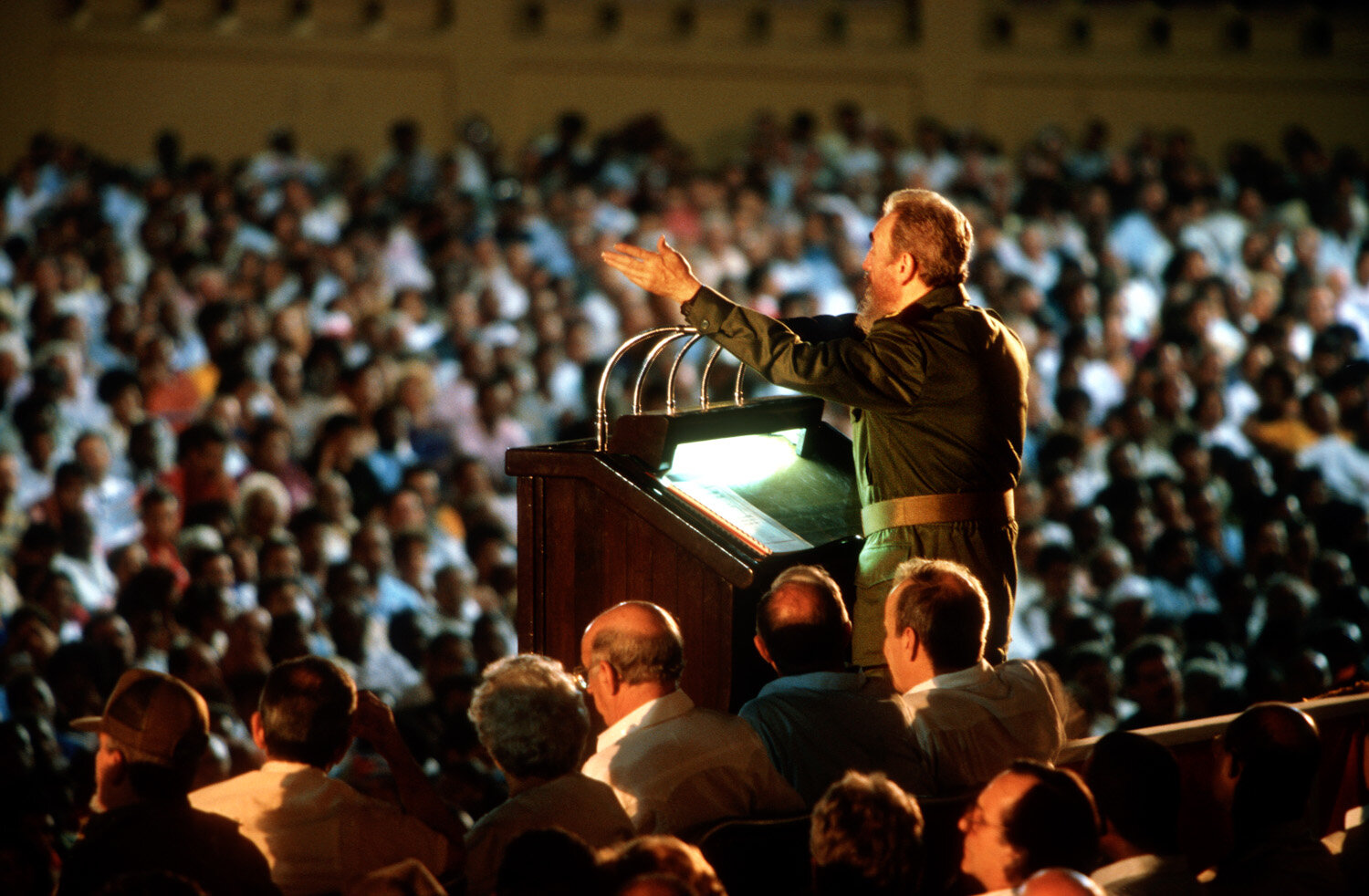
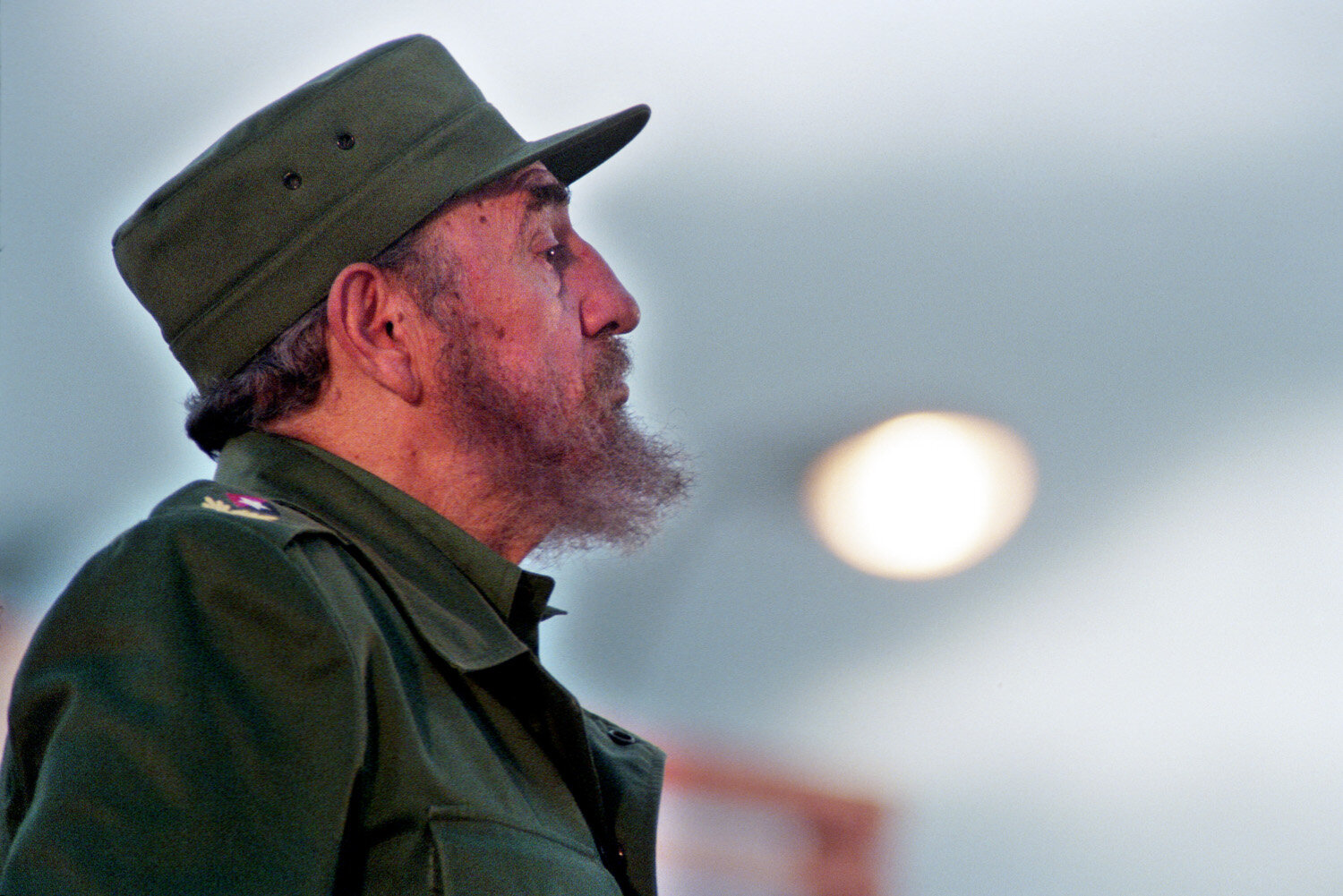
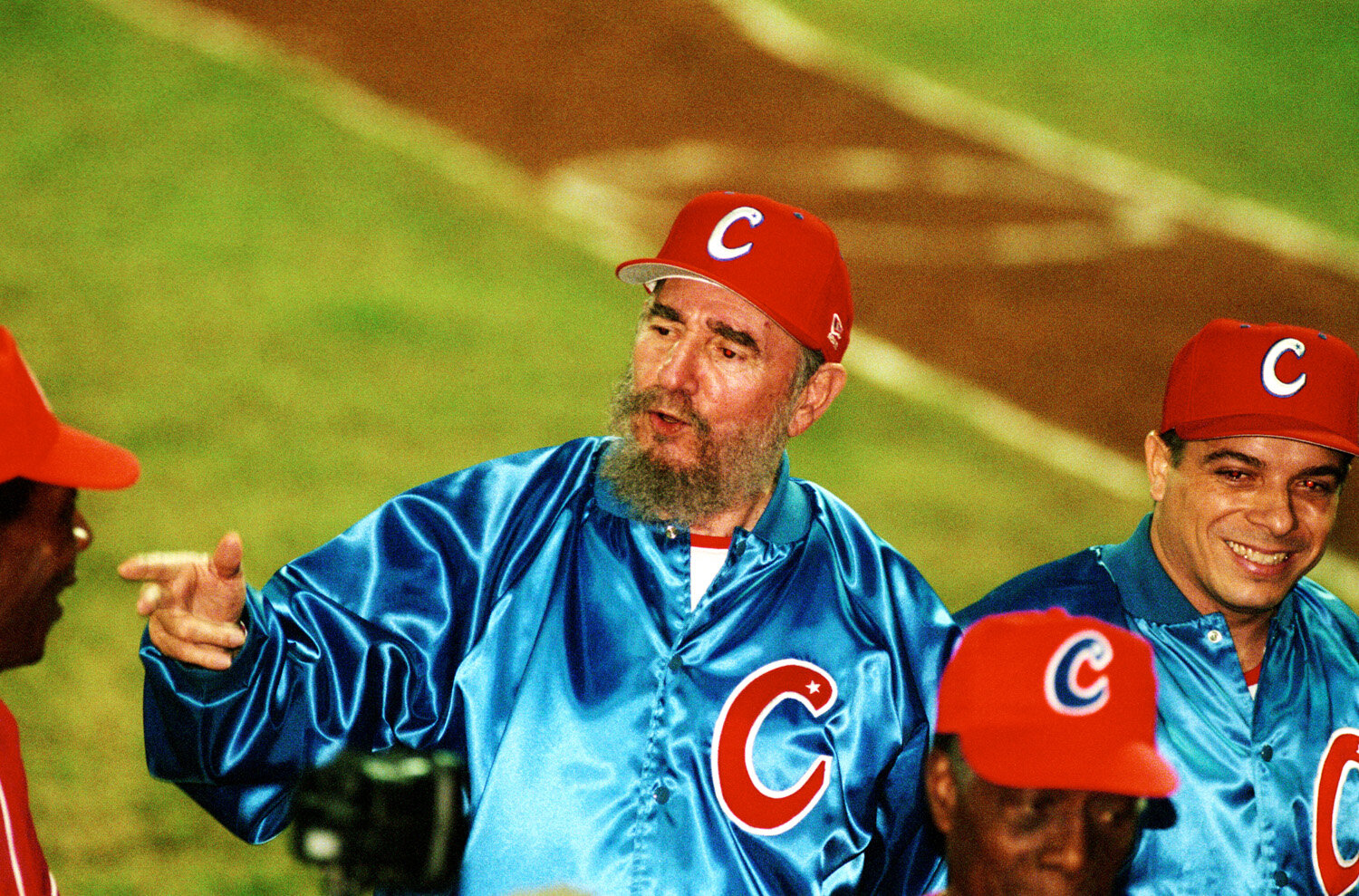
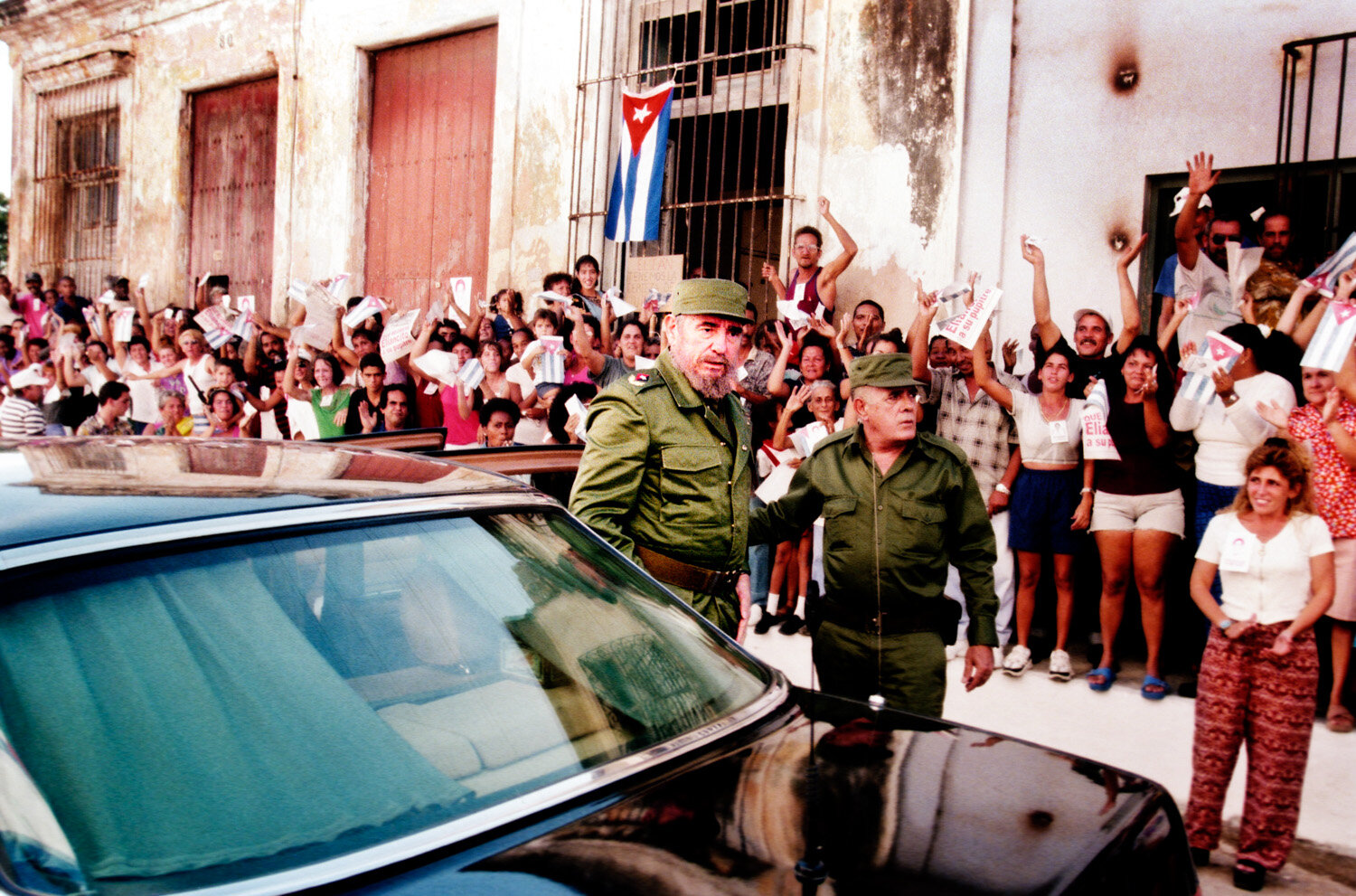
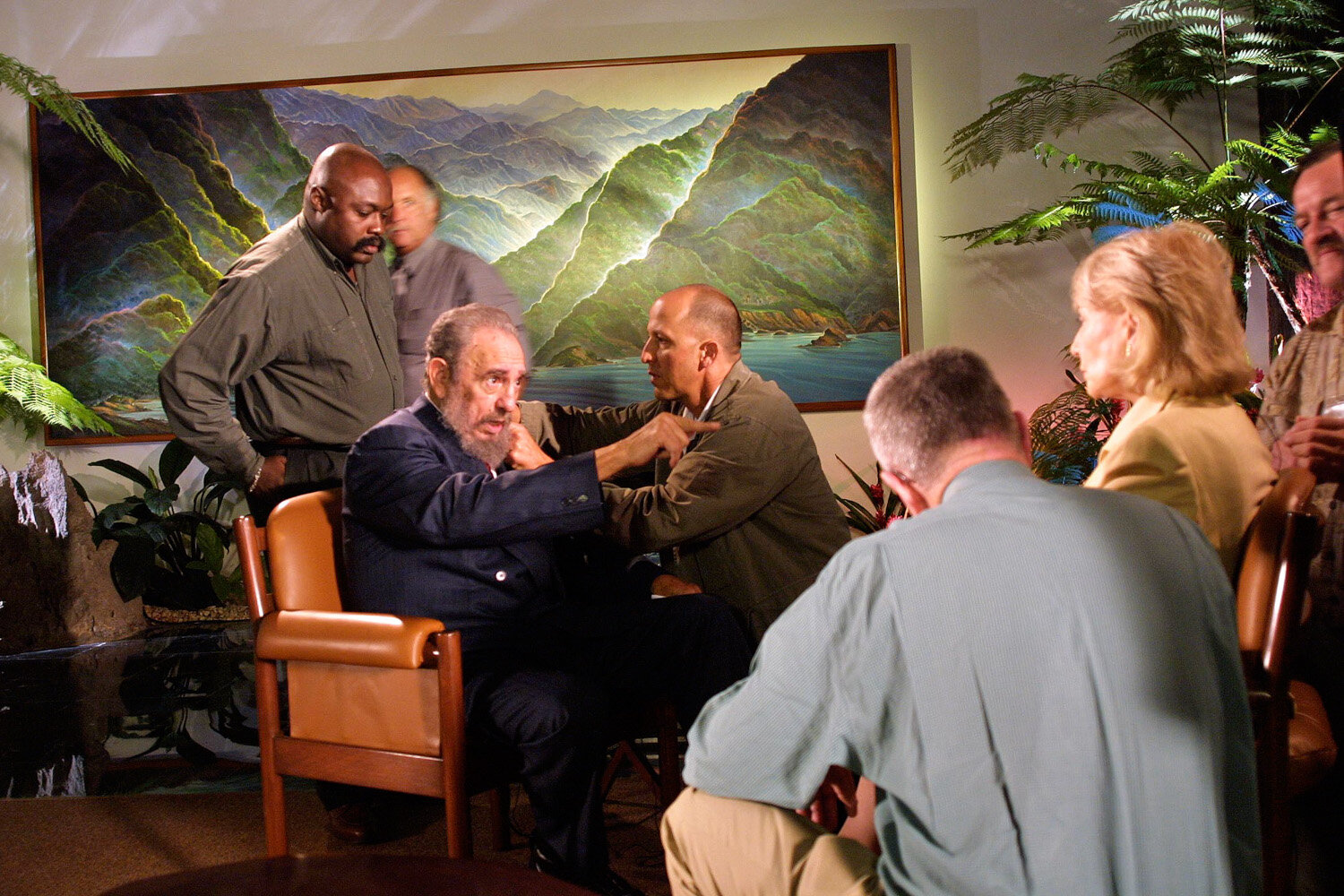
All images in this gallery © Sven Creutzmann (click to enlarge)
The end of political acts
July 26, 2006 was a very significant date. July 26th represents the anniversary of the 1953 attack on the Moncada barracks by Fidel and his rebels, and is celebrated in Cuba with a political act and usually a speech by the President. In 2006, the act took place in Cuba’s far east in Bayamo, starting at 7 am. Fidel was obviously in a great mood as he gave his speech in his typical charismatic fashion. None of us knew what was coming 12 hours later. After finishing the political act in the morning, Castro headed for Holguin, and so did the press corps along with him. Exactly 12 hours later at 7pm, another political act started, this time to celebrate the inauguration of an electric plant. But as Castro arrived, it was clear that something was different, very off. No smile, no laughter, no trademark jokes, all very atypical for Castro. He looked very serious and as he addressed the crowds, it was obvious that his health was not well. His condition seemed to deteriorate with every sentence that he spoke, and that is exactly what was happening, as Castro himself would reveal later. He had fallen seriously ill and in the days following the speech, he had to undergo surgery. All power was delegated to his brother Raul Castro.
“Temporarily,” it was said in the beginning, but as the months passed by, it became obvious that Fidel Castro would not come back into office. He confirmed the same a few days before the elections for the National Assembly in 2008 by announcing that he would not run for office again. So the speeches we covered on that July 26 in 2006 were the last ones Fidel Castro gave as Cuba’s Head of State. It was the end of an era.
All images in this gallery © Sven Creutzmann (click to enlarge)
“I know you from somewhere…”
Despite my several golden moments of photographing Fidel Castro, the one I hold most dear personally was on January 8, 2014, when I happened to be the only photographer present at the scene. As is the case many times in photojournalism, the Gods showered mercy and it was a lucky strike. I was covering the opening of an art gallery and out of nowhere, Fidel Castro, who had not been seen in public for over a year, showed up. Obviously, the press had not been invited and I happened to be there by chance, so this was extremely promising. Yet, my situation was tricky — I knew that this was an exceptional event and I had a terrific opportunity to make an exclusive photo, but I also knew that I could not risk being kicked out if I became over zealous.
Since I was there to take some pictures of an art gallery, I had only one camera with a 24mm lens attached to it. This wide-angle meant that I could not get any pictures from far, that I had to get close to Castro to get a good shot. But, with a tense security around him, how close can one get to Fidel Castro without annoying his personal guards! Finally, as Castro was contemplating a painting, I sneaked in and waited. He slowly turned towards me and looked straight into my eyes. By then, I had covered him for 23 years and many times from close, so while he may not have known my name, his eyes spoke to me as if to say, “I know you from somewhere…”
© Sven Creutzmann. Fidel Castro’s last public appearance at an art gallery in January 2014.
The next morning, the photo was labeled by a Spanish intellectual as “Probably the last political portrait of Fidel Castro.” And so it was. Castro would not appear in public again before his death on 25th November 2016.
Sven Creutzmann was the first West German photojournalist to receive a permanent working permit in Cuba. In the over 32 years that he has covered the Cuban revolution, he has photographed Fidel Castro for 23 years, including being the only foreign photographer around him on several occasions.
